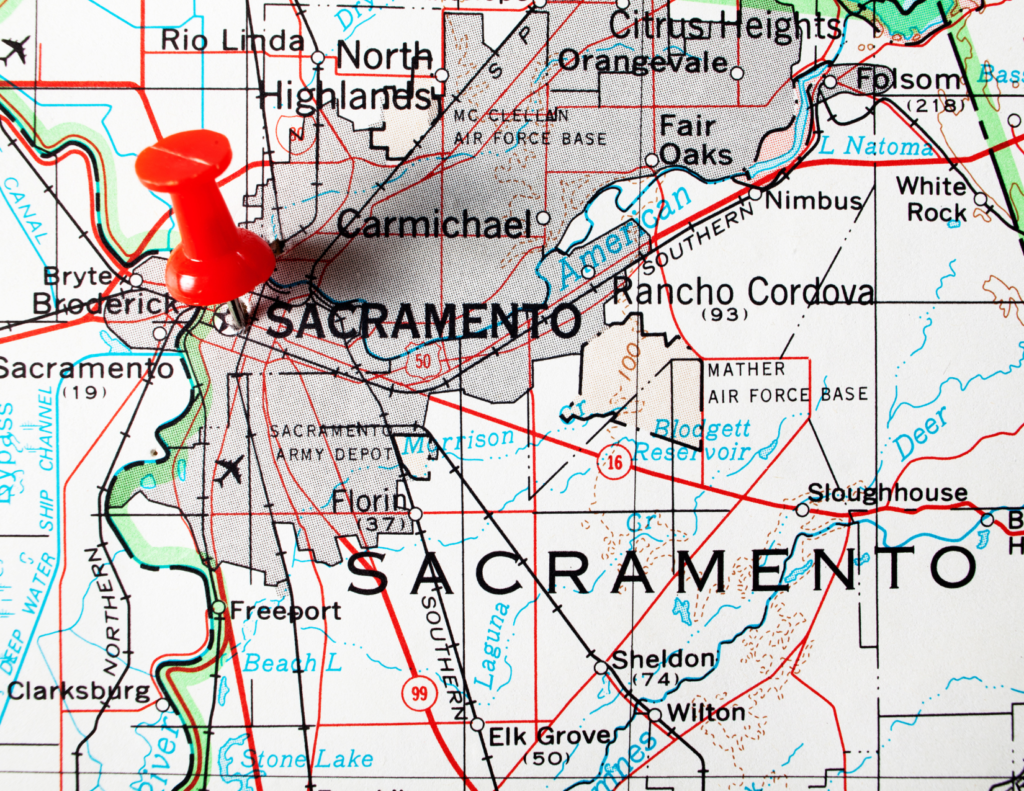California’s rail network serves as the backbone of freight movement throughout the state, and indeed the entire country. As we delve into the intricate world of rail transport, the Sacramento rail yard emerges as a superior location compared to its Californian counterparts in Los Angeles and San Diego. The presence of two Class I rail lines, coupled with connections to other Class III rail lines, positions Sacramento as an unparalleled nexus for rail transport.
Dual Class I Rail Lines: Doubling Efficiency
The Sacramento rail yard’s embrace of two Class I rail lines is not just a coincidence but a strategic advantage that propels it above Los Angeles and San Diego’s rail facilities. Having these arteries of commerce provides:
- Redundancy: In the event of a disruption on one line, cargo can be re-routed without significant delay.
- Capacity: With two lines, Sacramento’s rail yard can handle a larger volume of freight, reducing bottlenecks and increasing throughput.
- Competition: Multiple carriers mean competitive pricing and service options for businesses. Please contact Advanced Logistics for rail services pricing.
This unique dual-line asset enables Sacramento to champion a seamless integration of supply chains, essential for any rail manager looking to optimize operations. Let Advance Logistics and Distribution Systems manage your rail cars and transfers in the
The Hub Connecting the Spokes: Accessibility to Class III Rail Lines

In addition to the robust Class I railroads, Sacramento’s interconnectivity with regional Class III rail lines amplifies its role in the logistics ecosystem. These smaller lines are crucial for:
Sacramento Valley Rail (SAV): Your Gateway to Efficient Local Distribution
SAV stands as a testament to efficient local distribution, offering supply chain managers the opportunity to streamline their operations. With its robust infrastructure and strategic location, SAV provides:
- Direct Connections: Linking to larger national carriers, SAV ensures seamless transfer of goods.
- Customized Solutions: Tailoring services to meet unique business needs, fostering a more personalized approach.
- Swift Turnaround Times: Expedited handling and reduced congestion translate into faster delivery cycles.
These features enable SAV to serve as a crucial node in the distribution network, ensuring products reach their destination promptly and reliably.
Stockton Terminal East (STE): Enhancing Flexibility with Proximity
The proximity of STE to major ports and urban centers is a game-changer for supply chains looking to maximize flexibility. This local rail line offers:
- Strategic Location: Situated near key Californian ports, STE acts as a bridge between sea freight and inland transportation.
- Scalable Capacity: Accommodating fluctuations in demand without compromising on efficiency.
- Diverse Services: Including transloading, warehousing, and logistics support to complement transportation offerings.
By leveraging STE, supply chain managers can ensure that their distribution strategies are both resilient and responsive to market dynamics.
Strategic Positioning: J.R. Davis Rail Yard’s Competitive Edge
In the dynamic world of supply chain management, efficiency and strategic positioning are paramount. Nestled in the heart of California, the J.R. Davis Rail Yard presents a compelling geographical advantage over its peers. Unlike San Ysidro in San Diego and the Intermodal Container Transfer Facility (ICTF) in Los Angeles, J.R. Davis Rail Yard offers an unparalleled ease of access to key Northern California markets.
The J.R. Davis Rail Yard is not just another node in the supply chain; it’s a pivotal hub that ensures seamless connectivity. With direct links to major interstate highways, this yard provides a logistical springboard that propels goods to their destinations with remarkable speed. This contrasts sharply with the congested routes often associated with San Ysidro and LA – ICTF, where delays can be as predictable as the morning fog.
- Direct Highway Access: Minimizes transfer times and boosts on-time delivery rates.
- Less Congestion: Reduces the risk of delays caused by heavy traffic or infrastructure limitations.
- Strategic Location: Offers proximity to key distribution centers and manufacturing hubs in Northern California.
In Conclusion: The Clear Winner
For rail managers dedicated to streamlining their networks and maximizing their efficiency, the choice is as clear as day. Northern California rail yards boasts advantages that Los Angeles and San Diego cannot match, thanks to its dual Class I rail lines, connections to numerous Class III lines, and opportune location. It’s not merely about tracks and trains; it’s about integrating into a system that values quick transfer, expansive reach, and strong logistics – it’s about building the future of freight movement.
